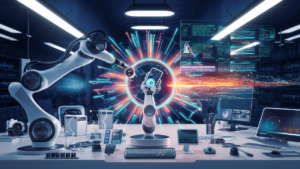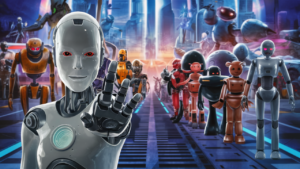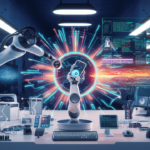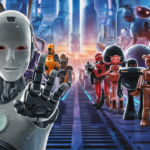Character AI refers to advanced systems that simulate human-like interactions through artificial intelligence. These systems are designed to create and manage virtual characters or personas that can meaningfully engage with users. The technology behind Character AI combines various AI techniques to generate interactions that are both engaging and contextually appropriate.
AI Technology
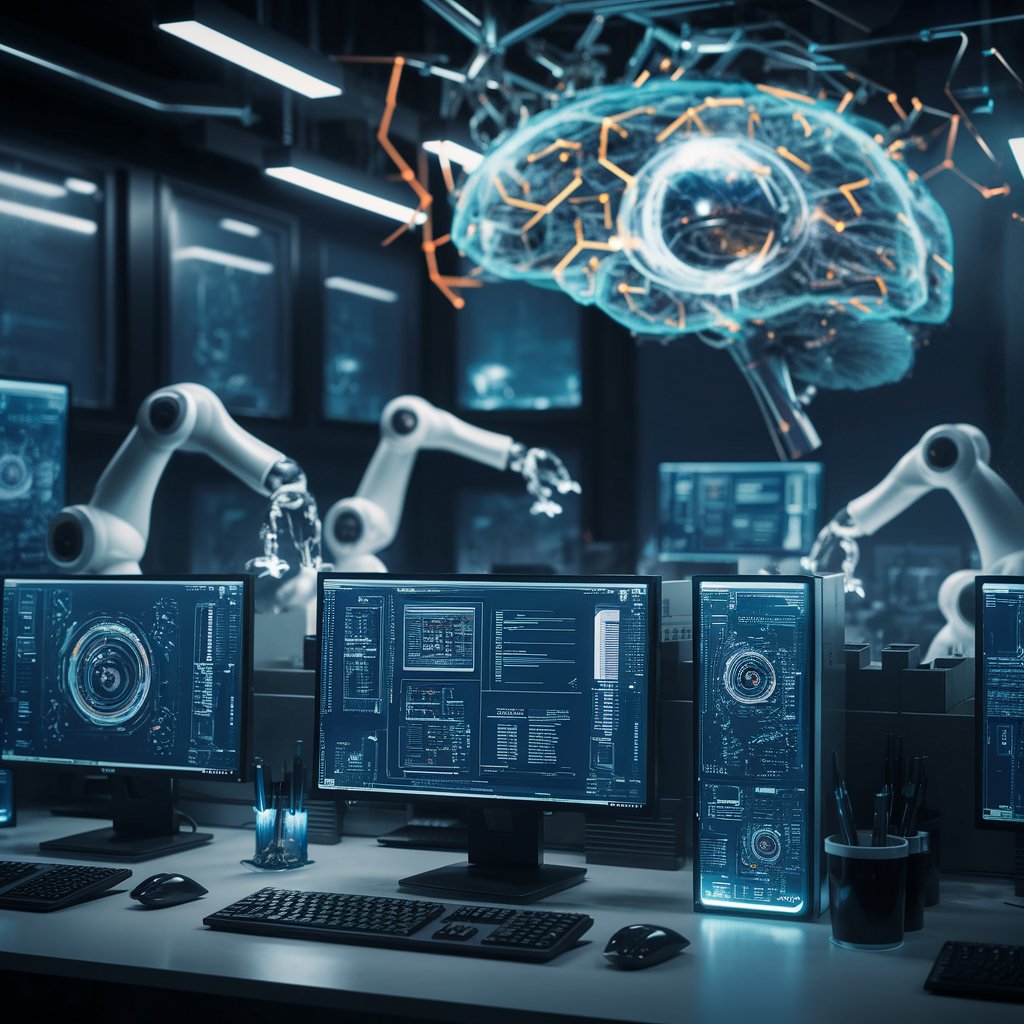
Character AI leverages several key AI technologies to function effectively:
Natural Language Processing (NLP)
NLP is a branch of AI focused on interacting with computers and humans through natural language. It enables Character AI to understand, interpret, and generate human language in a way that is both contextually relevant and conversationally natural. This technology allows the AI to process user inputs, understand intent, and provide coherent responses.
Machine Learning (ML)
Machine learning algorithms help Character AI improve its responses over time by learning from past interactions. ML models analyze data from previous conversations to identify patterns and predict how to respond to new inputs. This continuous learning process allows Character AI to become more accurate and nuanced in its interactions.
Data Training
Character AI systems are trained using vast datasets that include examples of human conversation and behavior. This training data helps the AI understand various contexts, tones, and nuances of human interaction. The more diverse and extensive the training data, the better the AI can mimic realistic and engaging conversations.
Character Design
Character AI involves designing virtual personas that are tailored to specific roles or traits. This design includes:
Persona Creation
Characters are developed with distinct personalities, backgrounds, and behaviors to make interactions more engaging. For example, a customer service bot might be designed to be friendly and helpful, while a gaming character might have a more adventurous or competitive persona.
Behavior Modeling
The behavior of these characters is modeled based on their intended roles. This includes how they respond to various user inputs, how they manage different conversation topics, and how they maintain consistency in their persona throughout interactions.
Customization
Users or developers can often customize characters to fit specific needs or contexts. This might involve adjusting the characters’ personality traits, responding to particular scenarios, or integrating them into different platforms or applications.
User Interaction
Character AI aims to create personalized and engaging user experiences by:
Contextual Responses
The AI uses context from previous interactions to tailor responses. This means that the character can remember past conversations and provide responses that reflect ongoing discussions, enhancing the sense of a continuous and coherent interaction.
Adaptability
The system adapts its behavior based on user inputs. For instance, if a user is formal and professional, the AI will respond in kind. Conversely, if the user is casual and informal, the AI will adjust its tone and style accordingly.
Interactive Features
Some Character AI systems include features like emotional recognition. The AI can detect and respond to user emotions, making interactions feel more empathetic and human-like.
How Character AI Works
Character AI systems operate through a combination of technologies and methodologies:
| Component | Function |
| Natural Language Processing (NLP) | Processes and understands user inputs to generate appropriate responses. |
| Machine Learning | Enhances the AI’s ability to learn from interactions and improve response quality. |
| Data Training | Provides the AI with diverse conversational data to improve accuracy and relevance. |
By integrating these components, Character AI systems can create interactive experiences that feel natural and engaging. The goal is to bridge the gap between human and machine interaction, making digital interactions more seamless and intuitive.
The Tech Behind Character AI
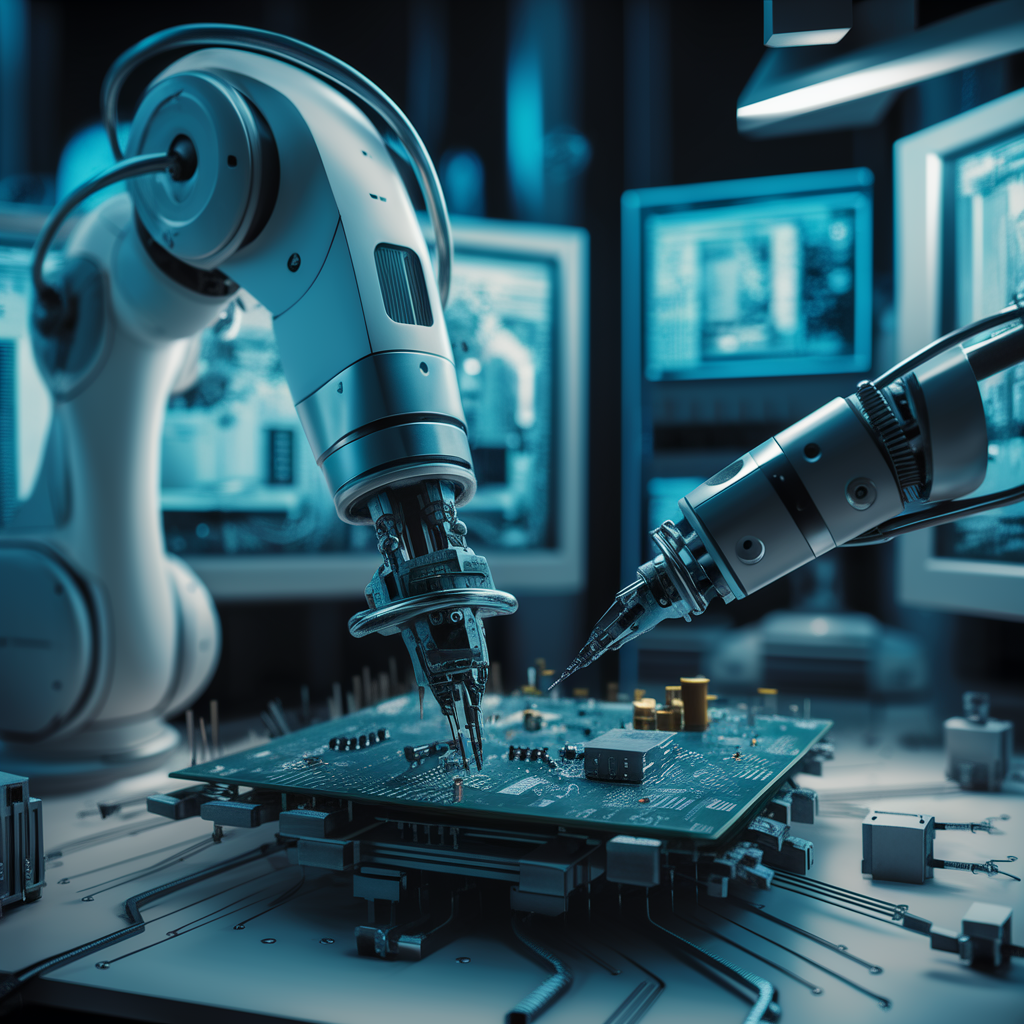
Character AI’s functionality hinges on several core technologies that work in concert to create interactive and intelligent virtual personas. Here’s a detailed look at the technology behind Character AI:
1. Natural Language Processing (NLP)
Natural Language Processing is at the heart of Character AI, enabling it to comprehend and generate human language. NLP encompasses several processes:
Tokenization
Breaking down text into smaller units like words or phrases to analyze language structure.
Part-of-Speech Tagging
Identifying the grammatical categories of words (e.g., nouns, verbs) to understand sentence structure.
Named Entity Recognition (NER)
Identifying and classifying entities in text (e.g., names, dates) to extract meaningful information.
2. Machine Learning (ML)
Machine Learning models enable Character AI to learn from data and improve over time. Key ML techniques used in Character AI include:
Supervised Learning
Training the AI with labeled data where the correct output is known. This helps the AI learn to predict outcomes based on input data.
Unsupervised Learning
Identifying patterns and relationships in data without predefined labels. This helps discover hidden structures in conversations.
Reinforcement Learning
Training the AI through trial and error, using feedback to improve its performance in specific tasks or interactions.
3. Data Training and Modeling
Data training is crucial for Character AI to achieve accurate and realistic interactions. The process involves:
Training Data Collection
We are gathering diverse datasets that include various types of conversations, topics, and contexts to make AI more versatile.
Model Training
Using collected data to train algorithms to recognize patterns and generate appropriate responses.
Fine-Tuning
Adjusting models based on specific needs or applications, such as customizing responses for a particular industry or user group.
Benefits of Comprehensive Data Training
- Enhanced Accuracy: Better understanding of language nuances and context.
- Improved Interaction Quality: More natural and engaging conversations.
- Increased Adaptability: Ability to handle diverse topics and user queries.
4. Character Design and Persona Development
Character design in AI involves creating personas that interact with users in a way that feels authentic and engaging. This includes:
Persona Traits
Defining characteristics such as personality, tone, and style to align with the intended role of the AI character.
Behavior Patterns
Designing how the character reacts to various inputs and maintains consistency in interactions.
Customization Options
Allowing developers or users to tailor the character’s responses and behaviors according to specific needs or contexts.
Character Design Elements
By integrating these technologies, Character AI systems can provide users with interactive experiences that are not only intelligent but also contextually relevant and engaging.
AI Characters and Personas
AI characters and personas are essential elements of Character AI, designed to provide users with interactive experiences that are both engaging and personalized. Here’s a detailed exploration of these concepts:
1. Defining AI Characters
AI characters are virtual entities created using artificial intelligence to interact with users in a human-like manner. They are programmed to exhibit specific traits, behaviors, and responses based on their designed personas. Key aspects include:
Personality Traits
AI characters are imbued with personalities that reflect their intended roles. For example, a virtual assistant might be designed to be helpful and professional, while a gaming character might be adventurous and bold.
Behavioral Patterns
These characters follow specific behavioral models that dictate how they respond to various user inputs. This ensures that interactions are consistent and aligned with their designed persona.
Interaction Style
The way an AI character interacts with users, including tone, language style, and engagement level, is tailored to create a particular user experience.
2. Creating Personas
Creating a persona for an AI character involves several steps:
Persona Development
Developing a detailed profile that includes background, personality traits, and behavioral patterns helps craft interactions that feel authentic and relatable.
Contextual Adaptation
Adjusting the persona to fit the context in which it will be used. For example, a chatbot for customer service may need to be more formal and informative, whereas a character in a game might be designed to be more playful and engaging.
Customization
Allowing for customization based on user needs or preferences. This could include changing the character’s tone, modifying its responses, or adapting its behavior to better fit specific scenarios.
Example of Persona Development
- Name: Alex the Assistant
- Role: Virtual assistant for customer service
- Traits: Friendly, professional, and helpful
- Behavior: Provides clear, concise answers and maintains a polite tone
3. Personalization and User Interaction
AI characters are designed to provide a personalized experience by adapting to user interactions. This involves:
Context Awareness
The AI character uses context from previous interactions to tailor its responses. For example, if a user has previously asked about a specific product, the character can provide follow-up information relevant to that product.
Adaptive Learning
The character learns from ongoing interactions to improve its responses and behavior over time. This continuous learning process helps in refining the character’s persona and enhancing user engagement.
Emotional Intelligence
Some AI characters are equipped with emotional recognition capabilities, allowing them to respond to user emotions in a more empathetic and nuanced manner.
4. Use Cases of AI Characters
AI characters can be applied in various domains, including:
- Customer Service: Providing support and handling inquiries in a user-friendly manner.
- Entertainment: Engaging users through interactive storytelling or gaming experiences.
- Education: Assisting with learning by providing information and answering questions in an educational context.
Example Use Case
- Customer Service Bot: An AI character designed to handle customer inquiries, provide support, and guide users through troubleshooting steps.
Conclusion
By carefully crafting AI characters and their personas, developers can create engaging and effective interactions that enhance user experience and satisfaction.
Frequently Asked Questions
1. How do I start using Character AI?
Steps to Start Using Character AI
| Step | Description |
| Choose a Platform | Select a platform or service for Character AI creation. |
| Define Requirements | Determine the character’s purpose and functionalities. |
| Create and Train | Develop the character’s persona and train it with data. |
| Integrate and Deploy | Integrate the character into your system and deploy. |
2. Is Character AI free to use?
The cost of using Character AI varies depending on the platform and its features:
- Free Tiers: Many Character AI platforms offer free tiers with limited features or usage limits. These are suitable for basic applications or testing purposes.
- Paid Plans: You may need to subscribe to a paid plan for more advanced features, higher usage limits, or additional support. Pricing often depends on the number of interactions, customizations, and other factors.
- Custom Solutions: Some businesses may require custom Character AI solutions, which can involve higher costs based on specific needs and development requirements.
3. Can I create my own AI character?
Yes, you can create your own AI character using various tools and platforms:
- AI Platforms: Platforms like Character.AI, GPT-based services, or custom development environments allow you to design and create AI characters.
- Customization: You can define the character’s personality, behaviors, and responses according to your needs. Many platforms offer tools for customizing these aspects.
- Training: To make your AI character effective, you’ll need to train it with relevant data and continually update it based on user interactions.
4. Are conversations with Character.AI bots private?
Privacy of conversations with Character.AI bots depends on the platform’s policies and features:
- Data Privacy: Most platforms have privacy policies that outline how user data and interactions are handled. It’s important to review these policies to understand how your data is used and protected.
- Security Features: Many platforms implement security measures to protect data, such as encryption and access controls.
- User Control: Some platforms offer users control over their data, including options to delete or manage interactions.
5. Can Character.AI be integrated with my business?
Yes, Character.AI can be integrated into various business systems and applications:
- Customer Service: Integrate AI characters into your website or customer service channels to handle inquiries and provide support.
- CRM Systems: Use AI characters to interact with customers and gather data that can be integrated with your CRM system.
- Custom Applications: Develop custom applications or tools that leverage Character.AI for specific business needs, such as virtual assistants or interactive content.

Nicholas Clark is the innovative mind behind Insuranted.com, a website dedicated to providing clear, comprehensive, and reliable information on insurance. With a passion for simplifying complex topics, Nicholas aims to empower readers to make informed decisions about their insurance needs


